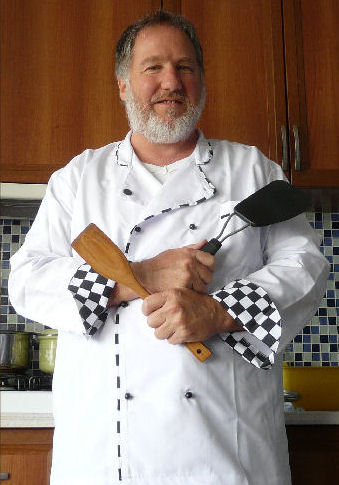IMPORTED – NOT YET DEBUGGED
1/2 cup walnuts
1 :tablespoon granulated sugar
114 teaspoon cinnamon
1/4 teaspoon cloves
2 tablespoons butter, melted
2 tablespoons canola oil
8 isheets phyllo dough, cut in half
Simple sugar:
1/2 cup granulated sugar
1/4 cup water
1/4 teaspoon lemon peel
1/2 tablespoon lemon juicep
1/4 cinnamon stick
1. In a small bowl, combine nuts, sugar and ground spices. Set aside.
2.1 In another bowl, combine melted butter and oil.
3, Unfold phyllo sheets and cover with plastic to keep moist. Lightly spray bottom ofa
, 9 x 9-inch baking pan. Lightly brush 5 sheets ofphyllo with butter/oil mixture. Lay in
bottom ofpan, allowing them to fold upward at sides ofpan, if necessary. Top with
1/2 of nut mixture. Brush 5 mo!e phyllo she~ts wit4″butter/oil mixture and layover
nut mixture. Spread remainingP’ut mixture over pnyllo ßbeets. Brush remaining sheets
with butter and oil mixture and place9ver”nut mixture, folding sides ofphyllo inward,
when necessary . Chill until butter is hardened. Score baklava on diagonal to make 12
triangles.
4. Preheat oven to 350∞. Bake for 35 to 40 minutes or until golden brown.
5. In a small saute pan, combine and bring to a boil. Simmer lmtil sugar is dissolved.
Pour evenly over baked baklava. Cool and slice.
Makes 12 servings, each containing approximately:
140 calories
1 $ gm. carbohydrate
7 gm. fat
5 ;mg. cholesterol
1 ‘Pm. protein
5) mg. sodium
Trace fiber
++++++++
Baklava
IMPORTED – NOT YET DEBUGGED
112 cup walnuts
1 tablespoon granulated sugar
1/4 teaspoon cinnamon
1/4 teaspoon cloves
2 tablespoons butter, melted
2 tablespoons canola oil
8 sheets phyllo dough, cut in half
Simple sugar:
112 cup granulated sugar
1/4 cup water
1/4 teaspoon lemon peel
112 tablespoon lemon juice
1/4 cinnamon stick
1. In a small bowl, combine nuts, sugar and ground spices. Set aside.
2. In another bowl, combine melted butter and oil.
3. Unfold phyllo sheets and cover with plastic to keep moist. Lightly spray bottom ofa 9 x 9-inch baking pan. Lightly brush 5 sheets ofphyllo with butter/oil mixture. Lay in bottom ofpan, allowing them to fold upward at sides ofpan, if necessary. Top with 112 of nut mixture. Brush 5 m9fe phyllo sbeets with butter/oil mixture and layover nut mixture. Spread remaining’hut mixtur~’,over phyllo sbeets. Brusb remaining sheets with butter and oil mixture and ‘place over nut mixture, folding sides of pbyllo inward, when necessary . Chill until butter is hardened. Score baklava on diagonal to make 12 triangles.
4. Prebeat oven to 350∞. Bake for 35 to 40 minutes or until golden brown.
5. In a small saute pan, combine and bring to a boil. Simmer lmtil sugar is dissolved.
Pour evenly over baked baklava. Cool and slice.
Makes 12 servings, each containing approximately:
140 calories
18 gm. carbohydrate
7 gm.fat
5 mg. cholesterol
1 gm. protein
51 mg. sodium
Tracefiber

 Thinking about venturing into the world of Sourdough? Read
Thinking about venturing into the world of Sourdough? Read